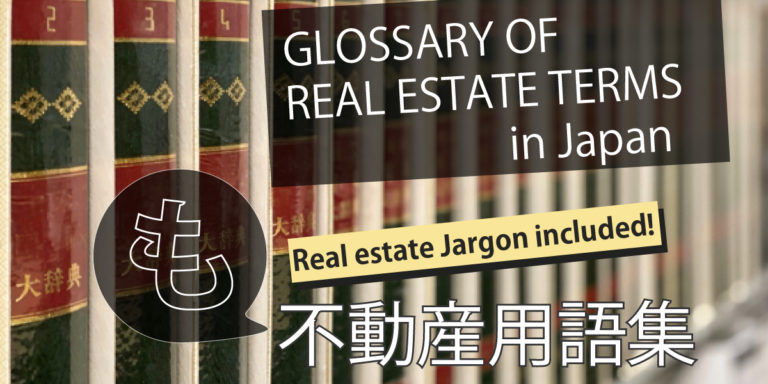Real estate Terms -も(MO)-
木造軸組工法 [MOKUZOU JIKUGUMI KOUHOU] (もくぞうじくぐみこうほう)
It is one of the wooden construction methods for building structures. It is a simplified and developed version of the traditional construction method (伝統工法[DENTOU KOUHOU (でんとうこうほう)]) that has been developed in Japan since ancient times. It is also known as 在来構法 [ZAIRAI KOUHOU] (ざいらいこうほう).
モデルハウス=モデルルーム [MODEL HOUSE=MODEL ROOM] (もでるはうす=もでるるーむ)
Housebuilders build temporarily to take building orders and sell homes for sale. In the case of detached houses, it is called a “MODEL HOUSE” and in the case of condominium sales, it is called a “MODEL ROOM”. House builders display their construction methods, equipment and specifications. Since condominiums are sold before construction is completed, buyers can see them in this model room.
元付け [MOTODUKE] (もとづけ)
In real estate transactions, the position of being entrusted by clients to act as an intermediary for buying and selling or leasing. On the other hand, when we are commissioned to act as an intermediary for the other party of the transaction (a buyer in the case of a request to sell, and a seller in the case of a request to buy), it is called 客付け [KYAKUDUKE] (きゃくづけ).
物置 [MONOOKI] (ものおき)
Space to store and preserve everyday items
最寄り駅 [MOYORIEKI] (もよりえき)
In real estate advertisements, the time from the nearest station is calculated as if it would take one minute to walk per “80m” distance measured along the road. It doesn’t take into account the time spent waiting at traffic lights, hills, etc.

